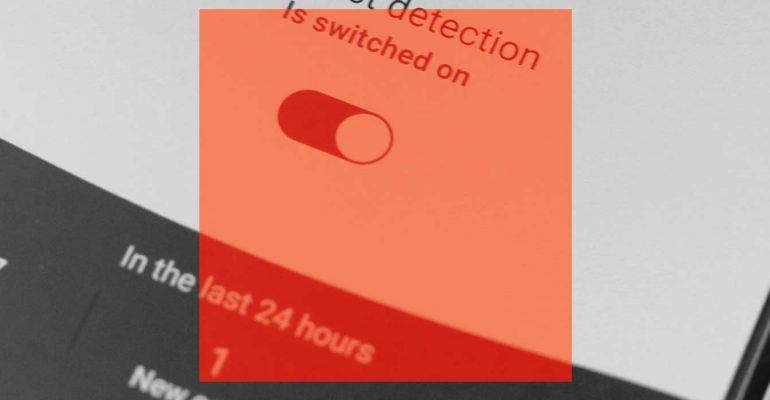First, notify other employees of potential exposure, if any, in the workplace. You should tell them that someone was diagnosed with the illness, but you should not identify which employee is sick, even if employees ask so they can gauge their own risk. Medical information, such as a diagnosis, must be kept confidential. It’s okay if they figure it out on their own, but make sure you’re not the one to reveal the information.
Exposed employees probably don’t need to quarantine unless they had close contact for a prolonged period of time (this isn’t precisely defined, but 15 minutes at less than 6 feet apart would qualify, even with masks). The CDC updates these guidelines as needed, so you can check this page for the latest information.
Next, you should follow CDC and local health department guidance on cleaning and quarantining. Areas of the worksite where the infected person worked or visited should be closed for 24 hours, or as long as possible, then thoroughly cleaned and disinfected. Here’s a page with detailed CDC guidance.
The sick employee should talk to their healthcare provider to determine when to return. For those who have a presumptive case of COVID-19 (meaning they didn’t get a test), their provider will probably let them return when:
- At least 24 hours have passed since recovery, defined as resolution of fever without the use of fever-reducing medications and improvement in respiratory symptoms and,
- At least 10 days have passed since symptoms first appeared.

